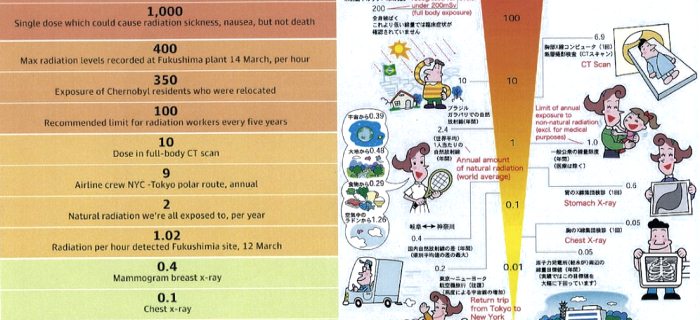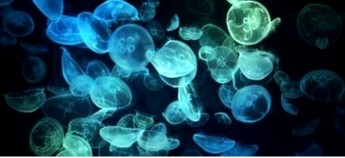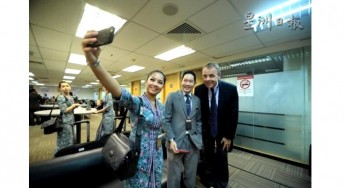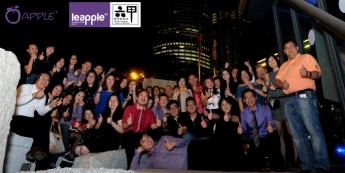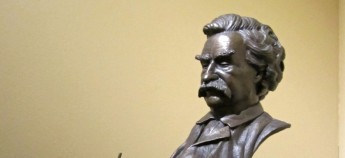The Fukushima Prefectural Government said Monday that residents in three municipalities near its crippled nuclear plant were exposed to as much as 23 millisieverts of radiation in the four months after the meltdowns triggered by the March 11 earthquake and tsunami.The estimated radiation is unlikely to cause any adverse health effect.
FUKUSHIMA — The Fukushima Prefectural Government said Monday that residents in three municipalities near its crippled nuclear plant were exposed to as much as 23 millisieverts of radiation in the four months after the meltdowns triggered by the March 11 earthquake and tsunami.
The limit for the general public is 1 millisievert a year.
“As annual radiation exposure of up to 100 millisieverts poses no specific cancer risks, the estimated radiation is unlikely to cause any adverse health effect.”Fukushima Medical University Vice President Shunichi Yamashita said at the press conference held to announce the figure. “It is important to reduce future radiation exposure as much as possible.”
The International Commission on Radiological Protection has urged that an emergency limit of 20 to 100 millisieverts per year be adopted for the crisis.
Excluding nuclear plant workers, 5,636 of the 9,747 residents of Namie, Kawamata and Iitate or, were exposed less than 1 millisievert of radiation over the four months, representing 57.8 percent of the three municipalities’ residents, the prefecture said.
Those who got at least 1 millisievert but less than 10 millisieverts totaled 4,040, or 41.4 percent of the residents.
But there were 71 people exposed to 10 millisieverts or more, including two who got more than 20 millisieverts. The highest dose was 23 millisieverts.
If the power plant workers are included, the number of people who got at least 10 millisieverts rises to 95, with the highest exposure estimated at 47.2 millisieverts.
The figure of 20 millisieverts was used as a standard for setting the “planned evacuation” zone ringing the 20-km radius evacuation zone around the Fukushima No. 1 nuclear plant.
The prefectural government is now conducting a health survey on its approximately 2 million residents, who are being asked where they went after the crisis began and how they have been behaving since.
However, only 52.1 percent of the questionnaires sent to residents of the three municipalities — and 21 percent of the questionnaires overall — had been collected as of the end of January, it said.
Radiation Reading Levels in English/Japanese:

Radiation Checking in Fukushima
Text and photos from www.japantimes.co.jp
全球超过80000家酒店,Apple101助您轻松订房,出行无忧,绝对优惠价。入住期间付款,多数客房可免费取消!
